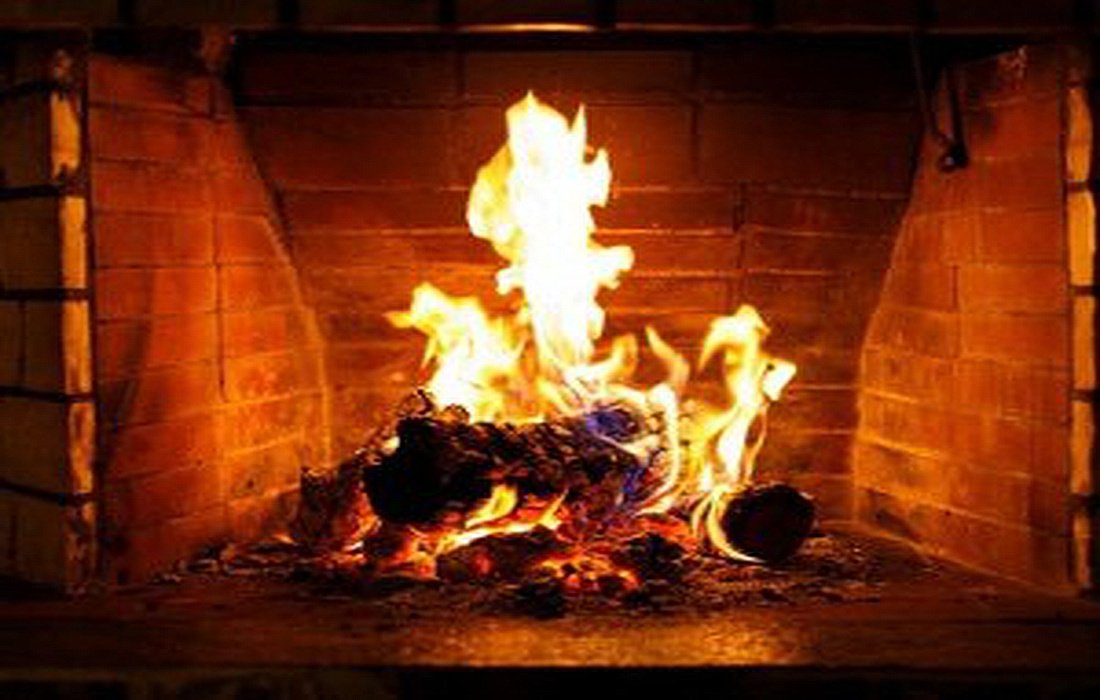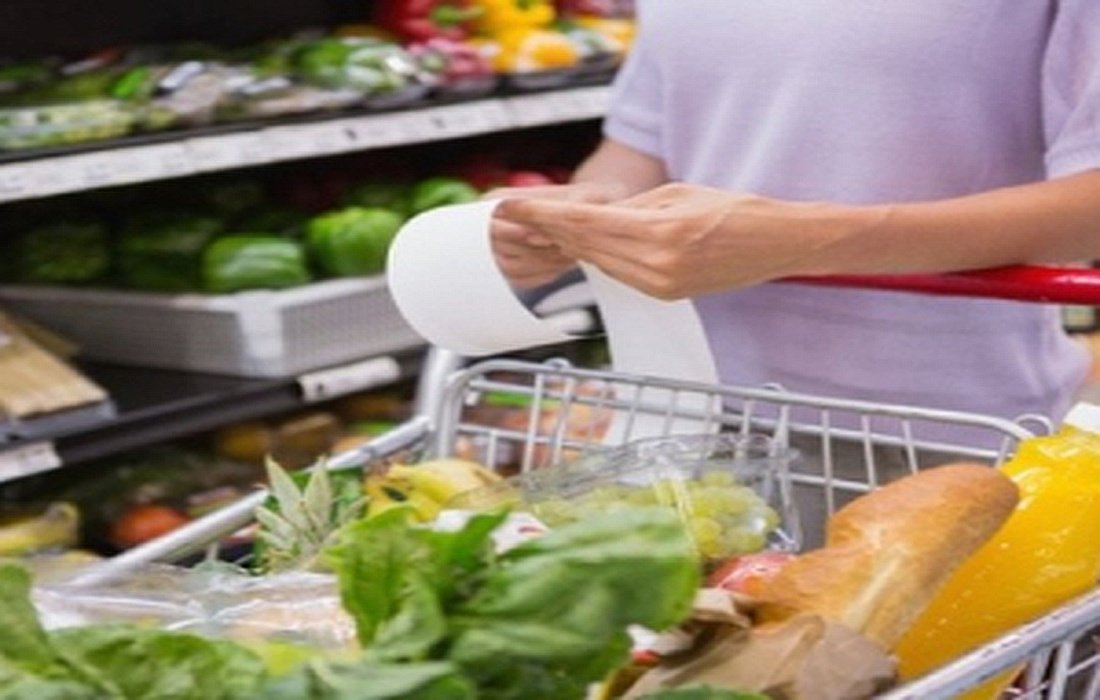Serious and important recommendations to prevent gas hazards
Natural gas is the most common source used for heating homes and is a safe form of energy. However, when safety measures are not properly followed, it can lead to dangerous outcomes. In this lifestyle sectionSelMagzWe will teach you how to protect yourself from potential household gas hazards.
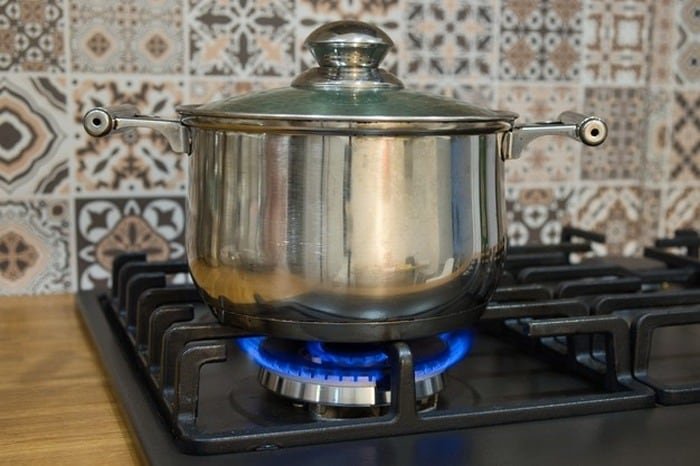
Potential Hazards of Household Gas
Carbon Monoxide Leak
Faulty operation of household gas appliances can cause carbon monoxide leaks. What makes carbon monoxide dangerous is that it is colorless, odorless, and tasteless, making it extremely hazardous when leaked indoors, leading to poisoning.
Symptoms of Carbon Monoxide Poisoning
Symptoms of carbon monoxide poisoning include:
- Dizziness
- Weakness
- Headache
- Disorientation
- Muscle pain
- Shortness of breath
- Blurred vision
- Lack of alertness
- Nausea

What to do during a carbon monoxide leak?
If you suddenly encounter a carbon monoxide leak, leave the area immediately, inform anyone at home, and call the fire department.
How to prevent carbon monoxide poisoning at home?
To prevent accidental carbon monoxide poisoning, make sure to install a carbon monoxide detector on every floor of your house. This detector works like a smoke alarm. You should test it every month and replace it when it expires.
Household Gas Leak
A household gas leak is not the same as a carbon monoxide leak. Gas can escape from a broken appliance that smells like rotten eggs, which is unusual because a chemical is added to the gas to detect it and pose a risk.Rotten EggThis chemical creates a rotten egg smell and does not occur naturally, thus creating a significant danger.
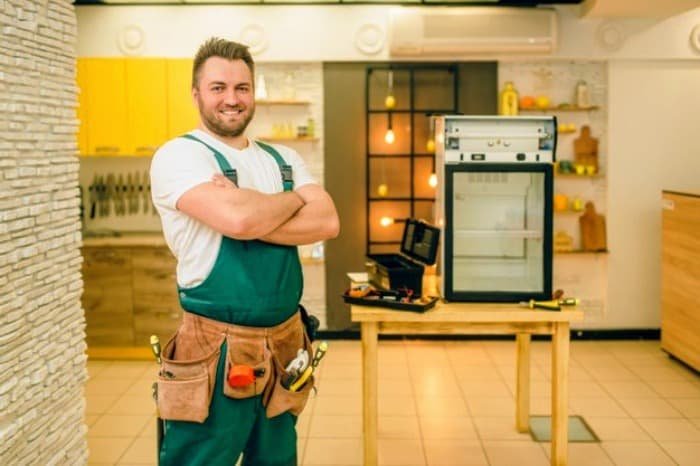
What to do in case of a household gas leak?
If you suddenly smell gas at home, follow these steps.
- Stay calm
- Do not light any matches, lighters, or similar items in case of a gas leak. Never touch any electrical appliances or switches, as it will increase the risk of an explosion. Use a flashlight for lighting, but turn it on outside the gas-contaminated area.
- Evacuate family members from the gas-contaminated area.
- Immediately turn off the main gas valve.
- Disconnect power at the main fuse.
- Open windows and doors.
- Waving a damp cotton towel can help expedite the flow of contaminated air outside.
- Do not allow anyone to enter your home until you are sure that gas has been fully cleared out.
- If there is a fire in the building, immediately shut off the main gas valve to stop the gas flow into the house.
- Call the fire department as soon as possible and let the specialists handle it.
Safety measures during a household gas leak
Shut off the gas valve
All homes have a main source to turn off the gas valve which you should be able to operate in emergencies to prevent danger. Therefore, learn how to do this at home so you can act quickly if you sense danger. If you cannot do it, contact the gas company and explain your problem. Be sure to learn the correct method to perform this task.
Check the vents and openings of appliances
Most appliances have vents leading outside. You should check them to ensure they are clear to reduce fire risks, and ensure they are properly installed. Be alert for bad gas odors, grease, and oil.
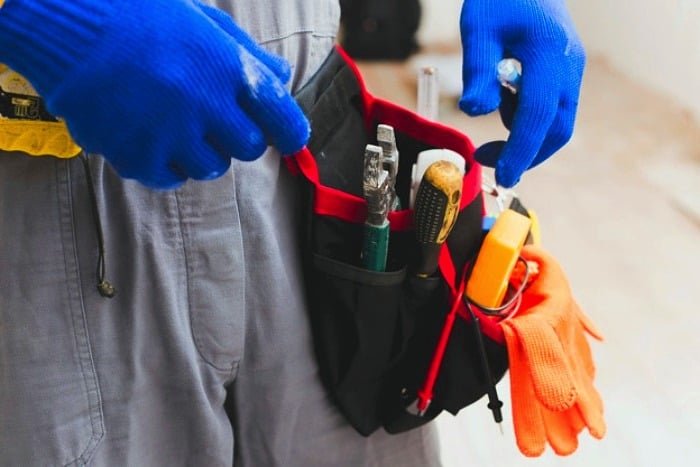
Don’t forget about lights
Many of these devices have small lights or flames that indicate appliance issues. One of these lights or flames might show malfunctions, and sometimes you may notice that gas is not properly exiting them. Therefore, try to be aware of them to prevent danger.
How to maintain gas appliances?
Gas Stoves
Gas stoves are commonly used appliances in households and are used throughout the day by most family members.
- Make sure to keep gas stoves in the correct location and keep them clean.
- Pay close attention to the gas stove. Regular checks will significantly reduce the risk of damage.
- It is recommended that fixed gas appliances be connected to the pipeline with metal pipes.
- For gas stoves without a pilot light, first light a match and then turn on the gas. Never turn on the stove’s gas before lighting a match, as the gas can lead to explosions and fires.
- If the burner of a gas stove with a pilot light does not ignite after turning on the gas, immediately close the gas valve and check for issues.
- When using the gas stove, be careful not to let the food boil over, as it can extinguish the flame.
- If food boils over and the flame goes out, immediately shut off the gas and, after clearing the gas from the kitchen, clean the stove and prepare to reignite it.
- Ensure that the burners and attachments of the gas stove are clean and organized to allow gas to reach them easily and burn with a blue flame.
- Hitting the stove with heavy pots and other items can loosen connections and cause gas leaks.
- Do not place the stove in a drafty area, as the wind can extinguish the flame and spread gas, leading to fires.
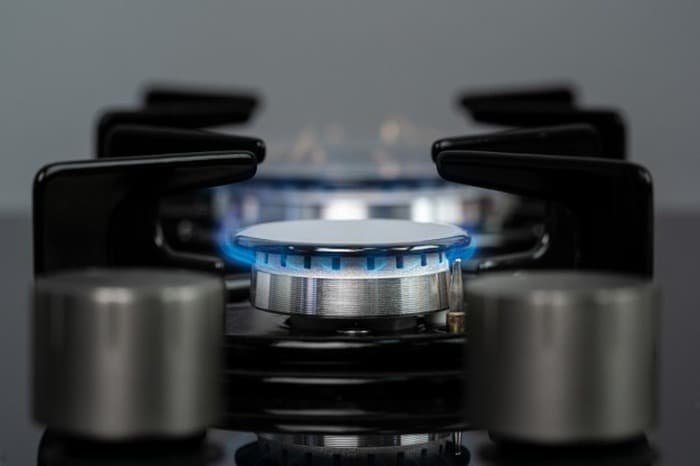
Water Heater
- Wall-mounted water heaters consume a lot of oxygen, so avoid installing them in homes with less than 50 square meters of space. Use a floor-standing water heater instead.
- Check the water heater every year for gas leaks.
- By addressing small issues, you can eliminate risks and extend the life of your water heater.
Heater
- Always allow enough air to reach the gas heater for combustion; openings under doors can be helpful for this purpose.
- Avoid converting heaters and other appliances that use different fuels to gas-fuel type.
- The heater must connect to a separate chimney equipped with a cap on the rooftop.
- Keep flammable objects away from the heater, as previously mentioned in SelMagz, as they can cause household fires.
- After removing the heater, cover the pipe end with a cap.
- If your heater fuel is inadequate or burns without a blue flame, do not ignore it and turn it off immediately. Contact qualified technicians to fix the issue.
Fireplace
- Fireplaces must be installed by a professional.
- Inspect the fireplace every year.
- Carefully clean the vents and ducts of the fireplace.
- For all these items, it is best to get help from a professional to verify the proper functioning of these devices annually.
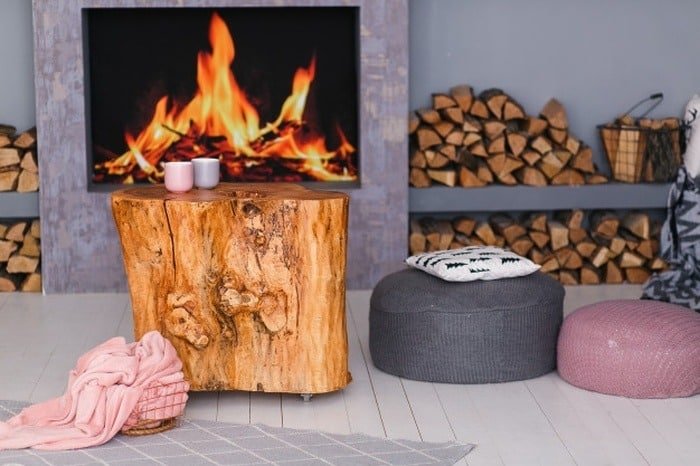
Important Safety Warnings
- Address any minor defects in gas appliances seriously.
- Do not relocate fixed gas appliances connected to the building’s gas pipeline.
- Contact the appliance representatives or skilled technicians for the repair of gas appliance defects.
- When not using gas appliances, always turn off their gas valve.
- The chimney of gas appliances should not directly touch the window glass in its path.
- Having additional elbows in the chimney path can slow down exhaust gas movement, leading to backflow and potential suffocation of household members.
- Use strong reinforced rubber hoses to connect gas stoves and other gas appliances to the gas pipeline.
- The gas hose should never be more than one and a half meters long.
- The gas hose must not be exposed to heat from the stove or other gas appliances.
- Use metal clamps to secure gas hoses to gas piping. Twisting wire or similar items instead of clamps can cause the hose to break or become detached.
- After connecting a gas appliance to the gas pipeline and before using it, you must conduct a gas leak test using soapy water.SoapEnsure that gas is not leaking from the connection or from the body of the hose.
- Metal pipes for gas piping in the home should be inspected regularly.
- If you plan to extend the internal piping and add gas appliances, be sure to discuss this with the national gas company.
- If you plan to demolish or renovate your home, be sure to inform the national gas company.
- Do not connect two or more gas appliances to one gas supply valve.
- When you want to open the main gas valve (after the meter), ensure all gas appliance valves are closed.
- If you do not plan to use a gas appliance for an extended period, make sure to keep its gas valve closed.



